How to deal with blocked reverse osmosis membrane
- Categories:News
- Author:
- Origin:
- Time of issue:2021-11-30
- Views:0
(Summary description) In the reverse osmosis desalination system, the selective permeability of the membrane allows water molecules to continuously permeate the membrane from the high pressure side, while the solute molecules remain in the original solution, resulting in a gap between the feed liquid on the membrane surface and the inlet feed liquid. The concentration difference, when severe, will produce a very high concentration gradient, a phenomenon called concentration polarization. Concentration polarization increases the osmotic pressure of the feed liquid and reduces the effective driving force, resulting in a decrease in water penetration rate and salt rejection rate.
How to deal with blocked reverse osmosis membrane
(Summary description) In the reverse osmosis desalination system, the selective permeability of the membrane allows water molecules to continuously permeate the membrane from the high pressure side, while the solute molecules remain in the original solution, resulting in a gap between the feed liquid on the membrane surface and the inlet feed liquid. The concentration difference, when severe, will produce a very high concentration gradient, a phenomenon called concentration polarization. Concentration polarization increases the osmotic pressure of the feed liquid and reduces the effective driving force, resulting in a decrease in water penetration rate and salt rejection rate.
- Categories:News
- Author:
- Origin:
- Time of issue:2021-11-30
- Views:0
1. concentration polarization
In the reverse osmosis desalination system, the selective permeability of the membrane allows water molecules to continuously permeate the membrane from the high pressure side, while the solute molecules remain in the original solution, resulting in a gap between the feed liquid on the membrane surface and the inlet feed liquid. The concentration difference, when severe, will produce a very high concentration gradient, a phenomenon called concentration polarization. Concentration polarization increases the osmotic pressure of the feed liquid and reduces the effective driving force, resulting in a decrease in water penetration rate and salt rejection rate.
2. Inorganic salt scaling
Salts with small solubility products, such as CaCO3, CaSO4, BaSO4, SrSO4, CaF2 and SiO2, may be precipitated due to concentration exceeding their solubility products during the reverse osmosis process, resulting in sediments staying on the membrane surface or in the influent Scale formed in the channel.
3. Adsorbent pollution
Some well water sources belonging to the brackish water range generally contain low-valent iron ions and manganese ions, which have certain reducibility. The main reason for such water sources to cause membrane fouling is that iron, aluminum, manganese, etc. Blocking. When O2 enters the influent containing Fe2+, the high alkalinity water source forms iron carbonate and iron silicate, and the reducing bacteria are mixed in, the iron scale is formed faster and faster, and the colloidal iron caused by the transformation of the iron flocculant. The characteristic performance after metal contamination is a decrease in water production and an increase in pressure difference.
4. Formation of biological sludge
Most of the problems encountered in water sources derived from surface water and sewage are biological sludge. When the membrane surface is covered with vigorous microbial sludge, the salts removed by the membrane will be trapped in the sticky layer and will not be easily washed away by water, providing abundant nutrients for the reproduction of microorganisms. The scale inhibitor, water softener, etc. added at the time can also promote the growth of microorganisms.
5. Colloid contamination
Both groundwater and surface water contain iron, aluminum, silicon, organic matter and other substances, which, together with the coagulants, coagulants, and scale inhibitors added during pretreatment, form colloids and deposit on the membrane surface, causing colloid pollution. Colloid pollution is difficult to treat because it has the same charge, is relatively stable, and is not easy to settle, but when the RO membrane filters water, it is trapped on the membrane surface to form hydrates, which are easy to foul the membrane, resulting in a decrease in water flux. Typically this tendency is assessed using the pollution index (SDI). Usually, when SDI<3, such fouling does not occur on the membrane surface; when SDI>3, fouling occurs.
6. water hammer
For the reverse osmosis system, due to the unreasonable design, there is a large amount of air in the membrane shell filled with the membrane at the beginning of the commissioning stage. When the liquid to be treated enters the membrane shell instantaneously, due to the compressibility of the air, it is impossible to completely discharge it in an instant. When the air reaches a certain pressure in the membrane shell, it will burst and release suddenly, causing the reverse osmosis membranes to collide, squeeze and move with each other in the membrane shell, resulting in a "water hammer" phenomenon. In the reverse osmosis system, the hazard of water hammer is to cause irreversible damage to the reverse osmosis membrane element. Of course, this phenomenon can also be avoided by perfect design.
7. suspended particulate matter
The security filter will cause leakage of filter media, corrosion debris and foreign matter (such as small corduroy threads) due to "short circuit" or defects, or when the reverse osmosis is used for the first time and the flushing is not complete, the membrane element may be polluted and the water inlet channel may be blocked. and the formation of amorphous precipitates on the film surface. But this situation is rarely encountered.
8. Pollution caused by other factors
Hydrocarbons and silicone-based oils and lipids cover the membrane surface, causing membrane fouling; membrane hydrolysis, organic solvent and oxidative substances erosion, etc. will also cause essential changes in membrane materials.
Scan the QR code to read on your phone
-- Recommend --












Shijiazhuang Tianwang Environmental Protection Technology Co., Ltd.
Shijiazhuang Tianwang Environmental Protection Technology Co., Ltd. is a high-tech enterprise specializing in the research and development, manufacturing and sales of water treatment equipment.
Contact information
Production address: No. 9, Fengchan Road, Economic and Technological Development Zone, Shijiazhuang City
Office Address: 25th Floor, Block C, No. 310 Changjiang Avenue, Shijiazhuang High-tech Development Zone
Contact number:
Copyright ©2022 Shijiazhuang Tianwang Environmental Protection Technology Co., Ltd. 冀ICP备13019843号-1 Powered by 300.cn SEO

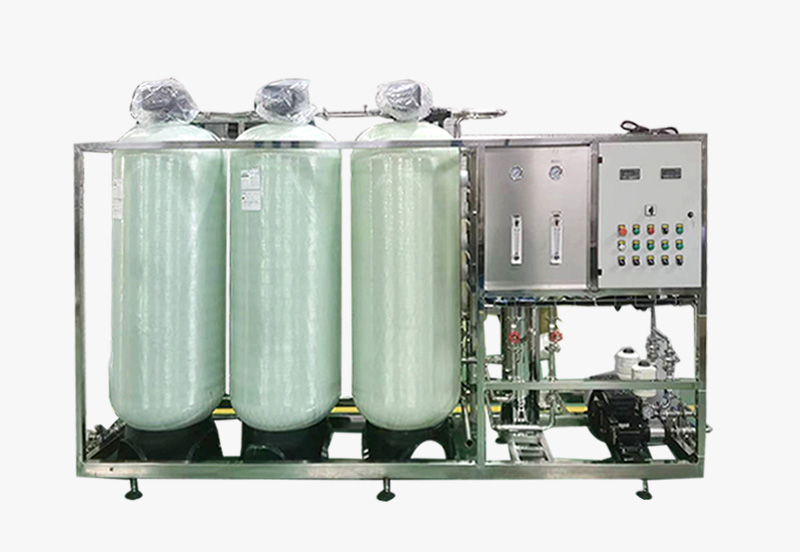
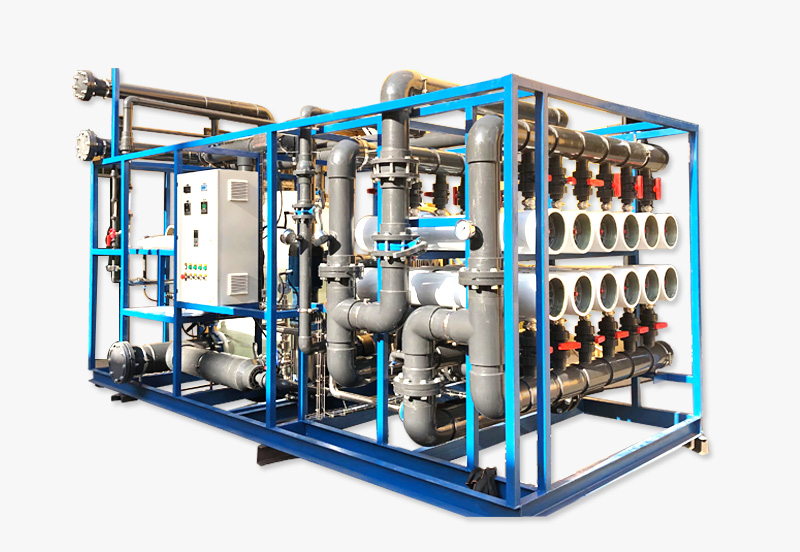
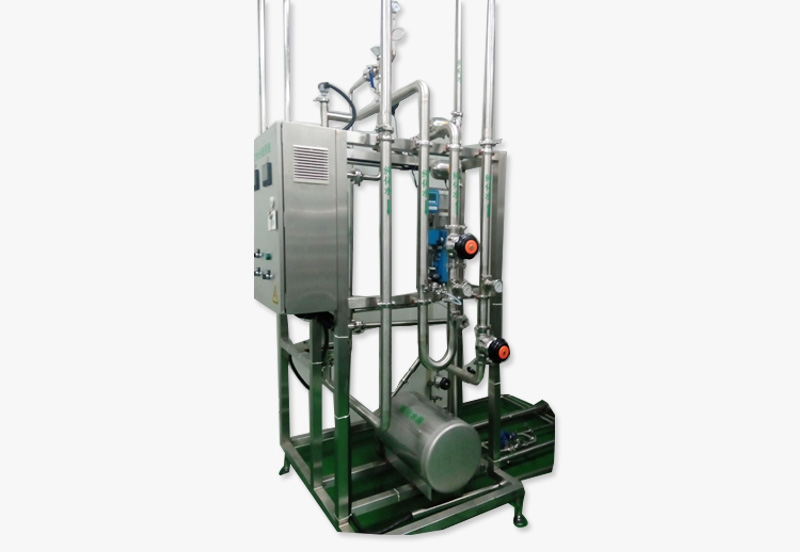
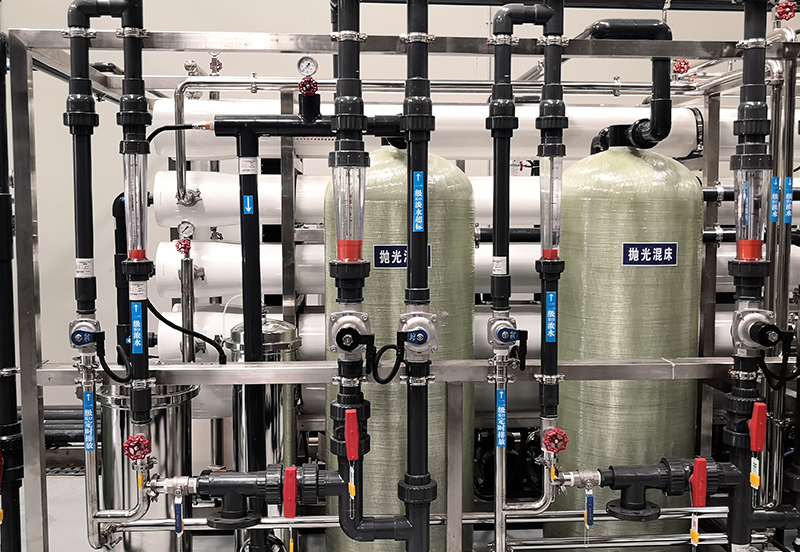
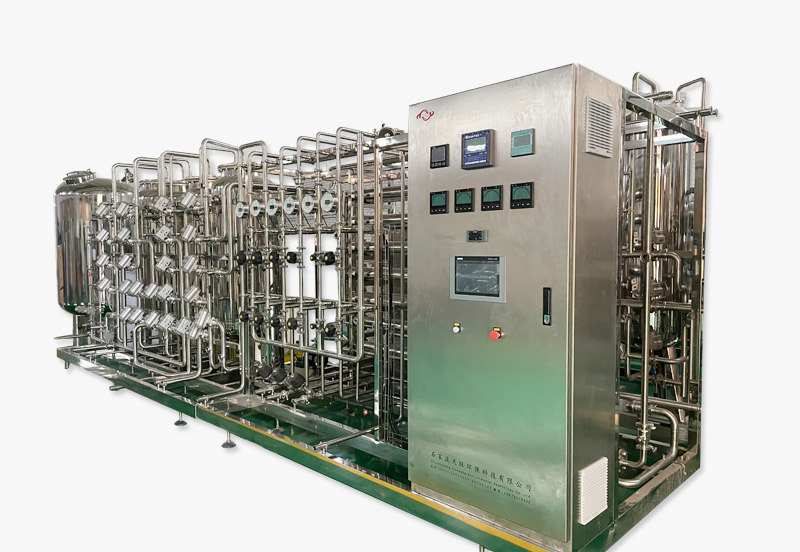
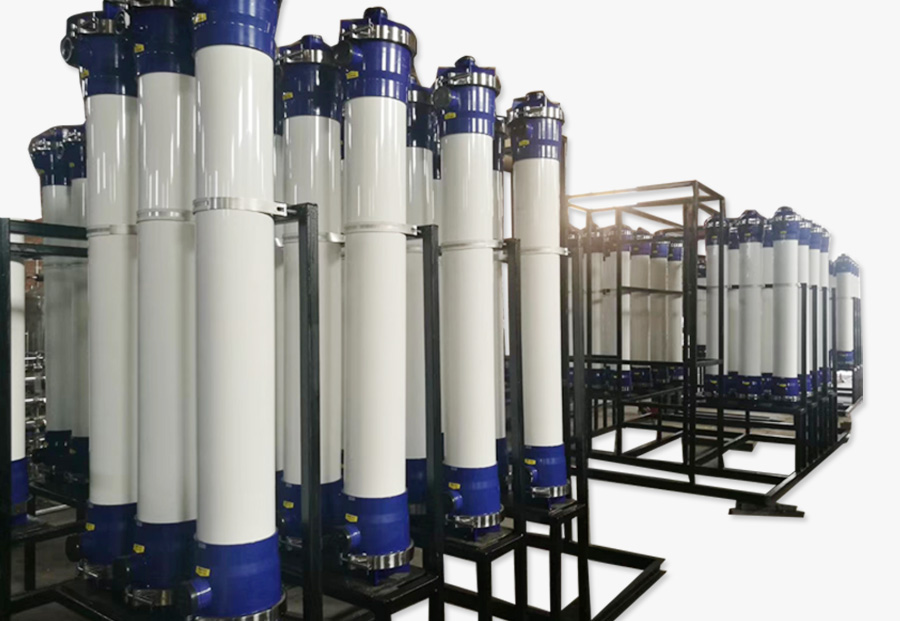

 0311-89272359
0311-89272359


 Message
Message
 Message
Message
